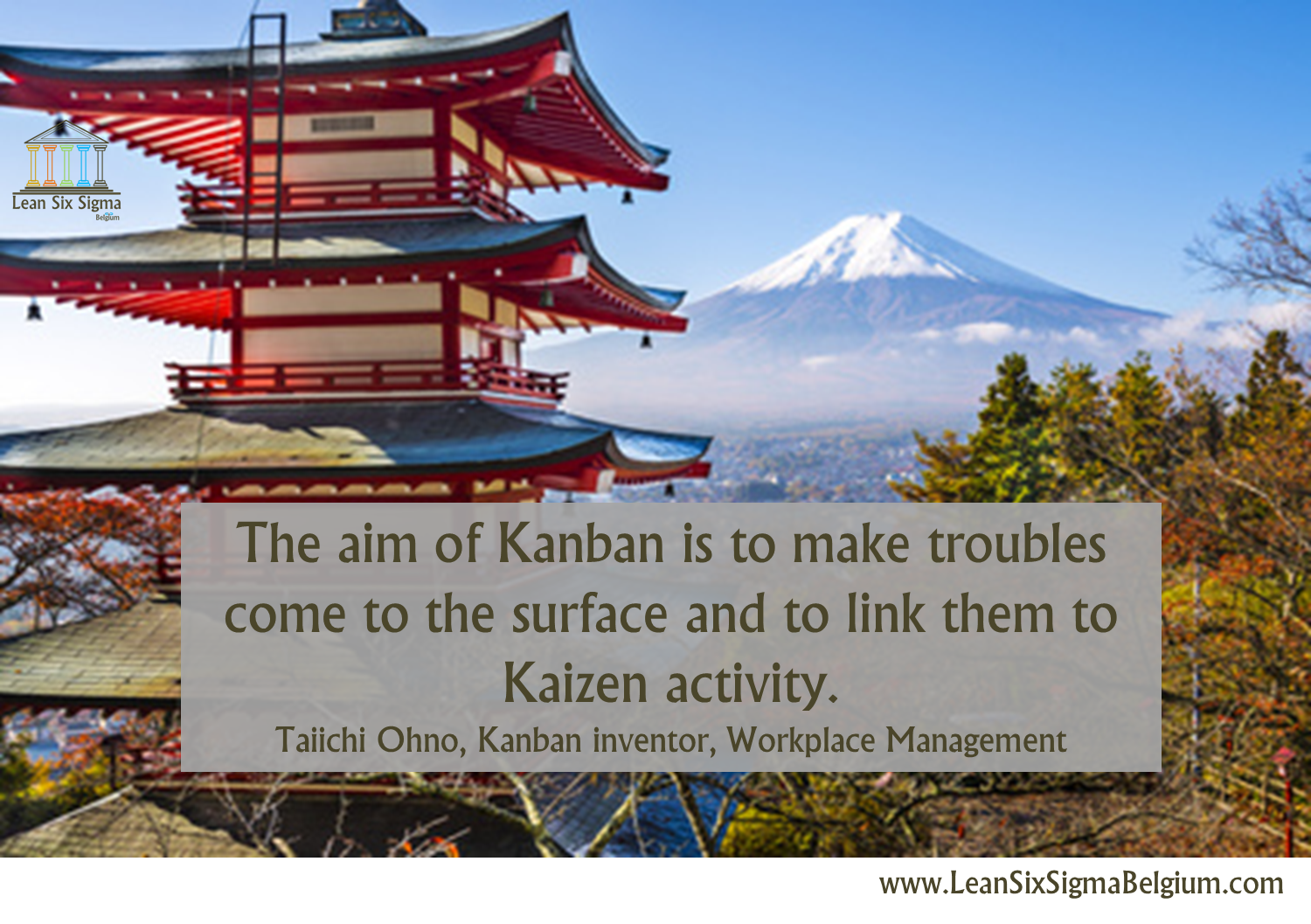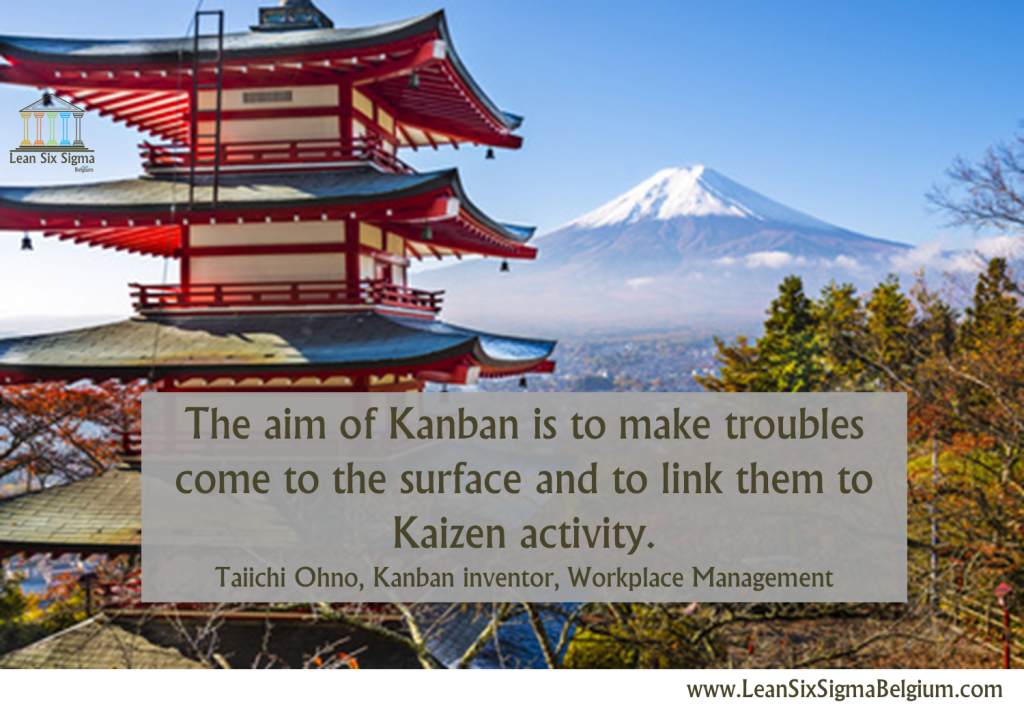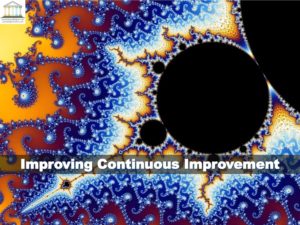How Kanban Might Work to Increase Your Efficiency and Quality
Kanban or the ‘signboard’ demand scheduling is Toyota’s way of implementing the just-in-time (JIT) manufacturing system. It’s not so much a signalling system as a production system that’s dependent on signals. Usually, companies rely on predictions and forecasts for data on when to produce the right product in the right volume. Toyota realized that making wrong predictions and forecasts (as what usually happens) was going to cost them more than they could afford, so they developed a system that works like an intricate cause-and-effect toy.
To implement Kanban, you need a team. This team is going to be cross functional and work with every aspect of your company. We recommend that you take people from every level and aspect of your company. They have to work full time on implementing Kanban. Since the demand scheduling is going to be a system that needs to run of perfect signals, your team has to be on this 100%. Having a team made up of people from all over the organization lends it relevance and an instant connection to anyone in the business. They must be trained well and take the process as dogma.
Before you implement anything and inflict your team on your production line, you must collect data, research and analyse what needs to be done for your company. Although Kanban has universal application, it needs intricate customization and control. Toyota studied each step of its manufacturing process and determined which parts and silos would bottleneck. The first task of the team in full effect as Team K should be to analyse the correct data and determine which metrics they should focus on.
Once your analysis is done, it’s time to measure. Here comes the hard numbers on your inventory. You have to determine how much you need to hold at any given time and how many you need to replenish your stock regularly. The replenishment cycle is the smallest amount you have to keep in stock to keep up with the demand of your customers. You must have lead time, but make sure you reduce that to a minimum so you create flow. Also, you must have a buffer amount. Toyota knew there would be problem so it creates a buffer, just like that extra 5 liters of gas you have in your car when your dial goes to empty.
After the data and numbers, it’s now time to design your K. As we mentioned above, it’s not actually a signalling system. It’s just that you’re going to rely on signals. Sometimes, cards can be a good example but it’s a bit unreliable if people lose the cards. Technology is a great place to start looking for signals. Something as simple as a radio or as advanced as a smartphone can be used to signal your production line and inventory. Toyota adheres to signboards, hence the name of the demand schedule. What’s important is that you choose a system that’s right for you.
After all that, now you have to implement your plan. This starts with training your workers on the basis and premise of Kanban. Then, you have to train them in your design. Keep in mind that they can also identify problems with your design since they’re going to be the ones actually doing it. Be prepared for revisions and welcome them as long as it contributes to the efficiency of signalling. Don’t forget to do a dry-run. Murphy’s law always applies.
Don’t feel disheartened with start-up issues. You should understand that sometimes the staff may not realize the design has started. Sometimes, they might ignore signals simply because they aren’t used to it. Communication snags might jumble the products up or operators willingly manipulate signals to jeopardize the system. Always revise and evaluate. These are the design’s birthing pains; they’re normal.
Auditing shouldn’t be considered finding who to blame but to see if the design is being followed. It is crucial that your audit is accurate or else you may not even know you’re on the way to failing.
In the end, Kanban is a delicate, intricate balance of signals and automated actions to create a harmonious production line that maintains a beautiful number. When implemented correctly and running smoothly, it’s going to be a sublime thing to behold.
Please share this insight to inspire operational excellence and customer satisfaction in every organisation. It’s free like this ad free article. Thank you 
Here is an other article on Toyota Lean Manufacturing Sytems









